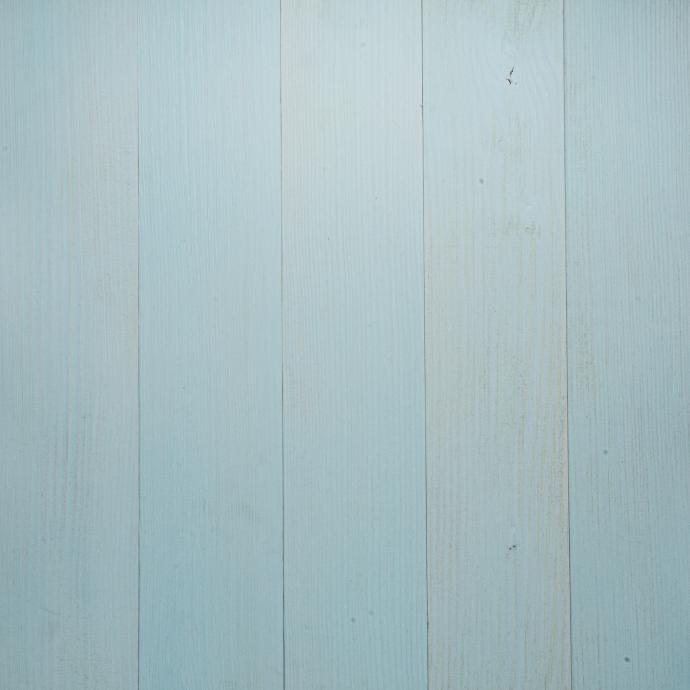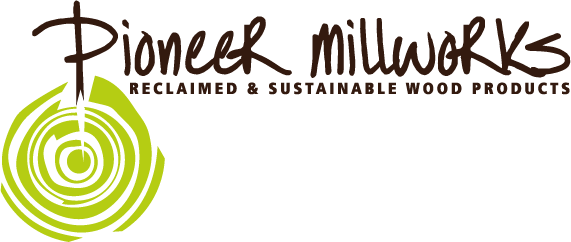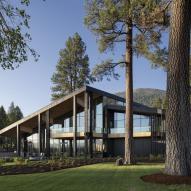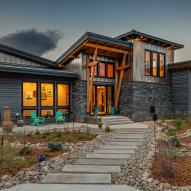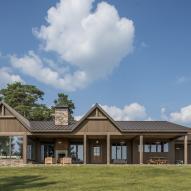Between Water and the Sky
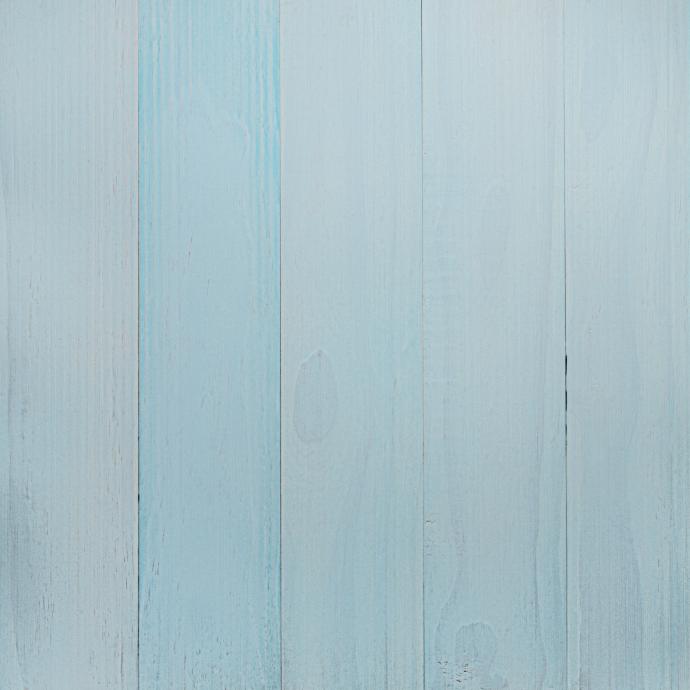
If you have ever taken a road trip through the Southern United States, you probably witnessed a unique blue color consistently accenting towns and buildings along your path. Viewed surrounding entryways, windows, and decorating ceilings, the color is instantly recognizable because of its pale blue hue, perhaps most representative of a Robin’s egg, the sky, or the waters washing against the lowlands along the coast.
This color is known historically as “haint blue,” or “Carolina Blue,” and is interspersed throughout the Southern Lowcountry. Rife with history, the blue was used as a protective talisman and was intended as a decorative deterrent to negative spirits and energy on buildings and structures.
The unique hue was derived from the indigo plant which was a mainstay crop grown in the Southern plantations of the United States. A common commodity in the 18th and 19th century, indigo was harvested across coastal states in the South.
The indigo plant is virtually inseparable from West African spiritual traditions. In the US indigo was first harvested and processed by enslaved African peoples who assimilated the plant’s usage and color into their spiritual beliefs, later becoming synonymous with the unique culture of their direct descendants of the Southern US - the Gullah Geechee.
The traditions of enslaved West Africans and later the Gullah Geechee, embraced the use of blue in their dress and jewelry; its assimilation into their cultural beliefs was imbibed with spiritual significance. In the case of the indigo plant, this tradition included the blue dye pulled from the indigo plant being used to ward off evil spirits (referred to as haints and boo-hags).
It is believed using the “haint blue” hue on buildings, homes, and structures tricked the wandering “haints,” also called haunts, into thinking that they had come upon a natural barrier like water or sky. These wandering spirits were thought to be confused by the color which would leave them unable to cross these imaginary barriers and cause havoc in the home.
The widespread use of “haint blue,” seeped into Southern folklore and the tradition was passed down to the Gullah Geechee and co-opted by other inhabitants of the area throughout generations.
Historic remnants of the “haint blue,” can still be found in churches, homes, and porch roofs throughout the Gullah Geechee corridor that stretches from Wilmington to Jacksonville.
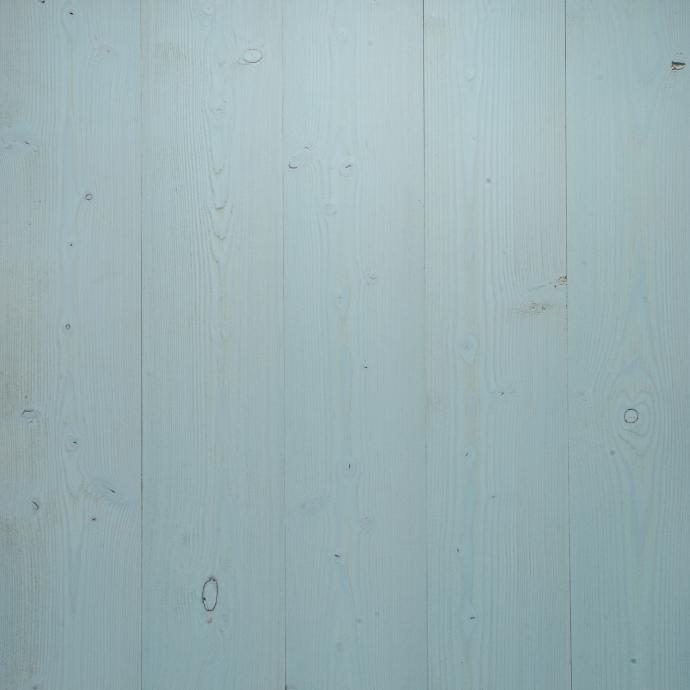
The original “haint blue,” is discussed as less of a color and more of a color range. It’s comprised of several soft tones, from light greens to pale teals, the colors developed from the amount of indigo plant material used, the processing involved, and its eventual application.
Our 2025 seasonal color addition, “Lowcountry Blue,” pays tribute to all of the varied tints, tones, and shades with an airy yet traditional take on the recognized “haint blue.” Our rendition elicits both the briny waters along the southern coastline as well as the azure skies above.
Over time the color’s attractiveness became less about deterring spirits and more about its aesthetic feel. But its deep history remains. Our take on this poignant color pays tribute to this history as well as helping to preserve the cultural pride it represents.
Not only will our “Lowcountry Blue,” elicit a historic respect and a timeless Southern elegance, but it may also keep away mischievous apparitions.
